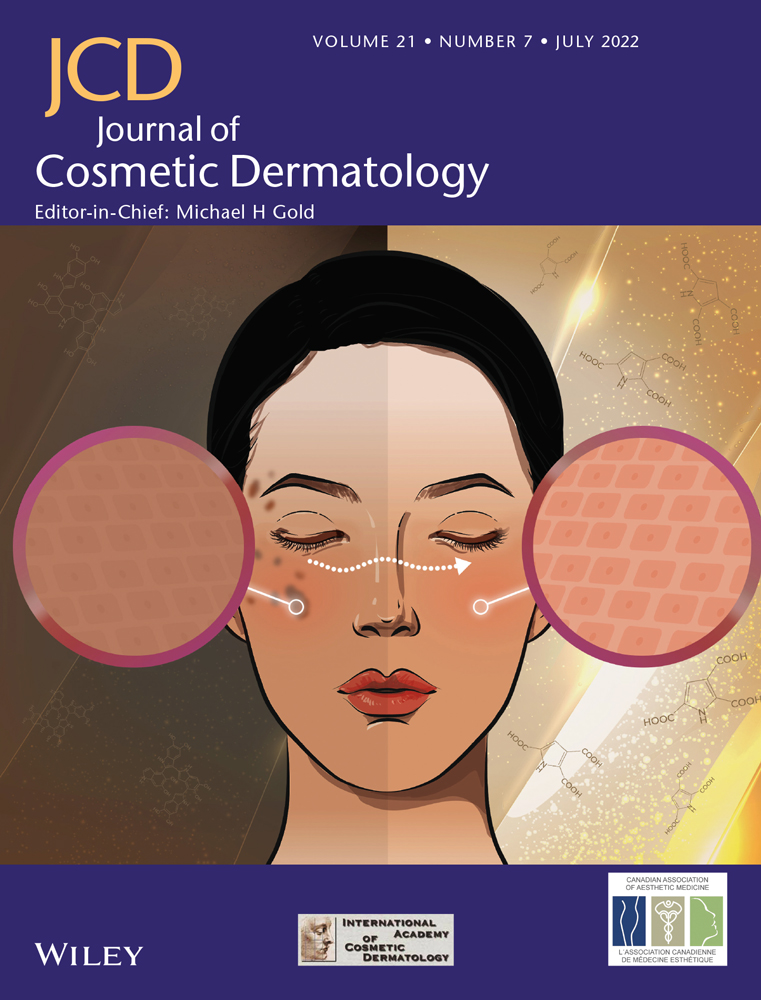Assessing the frequency of adverse reactions induced by melanin-containing formulations used for the management of solar dermatitis
Funding information
The authors received no specific funding for this work
Abstract
Background
Melanin from different sources is widely used by many manufacturers to produce cosmetics and sunscreens. Research data show a wide spectrum of biological activities of melanin including the protection against UV radiation and oxidants. According to the research evidence, the topical use of melanin is more effective against inflammation than the hydrocortisone. The most common side effects of topical melanin ointment are local itching, burning, and moderate hyperemia.
Aim of the study
The purpose of this work is to describe the adverse outcomes of melanin-containing formulas in patients with solar dermatitis, and to compare the frequency of adverse reactions with data from different research reports.
Methods
A Pharmacovigilance questionnaire was developed to assess potential adverse events attributable to the use of melanin ointment. We used a modified survey tool created by Jaber and coauthors. This survey of melanin application documents validated reports of adverse events manifested by objective skin changes. MEDLINE (Ovid); MEDLINE In-Process Citations & Daily Update (Ovid); PubMed (NLM) (Internet); Embase (Ovid); and Cochrane Database of Systematic Reviews were searched for the evidence on adverse reactions of topical melanin application.
Results
The responses documented in this survey show reliability and safety of melanin formula used for the photoprotection and treatment of solar dermatitis. Most symptoms encountered in those using melanin were consistent with exposure to excessive amount (more than 4 times per day) of the compound applied topically. Of the total 534 survey responses received, 74% reported no adverse events. A total of 140 completed adverse event reports. Melanin ointment was being administered for the indications of photo injury (burns) in 75%, photodermatitis in 18%, and solar eczematous dermatitis in 7% of patients. Data were compared with rates from other reports.
Conclusion
We have no evidence that the chemical structure of melanin varies with currently available products, used locally or in other countries, nor that any such variability played any role in the events reported here. Further studies are required to compare the adverse events of topical melanin formulas containing melanins of different origin.
CONFLICT OF INTEREST
The authors report no conflicts of interest in this work.
Open Research
DATA AVAILABILITY STATEMENT
The data that support the findings of this study are available on request from the corresponding author.




